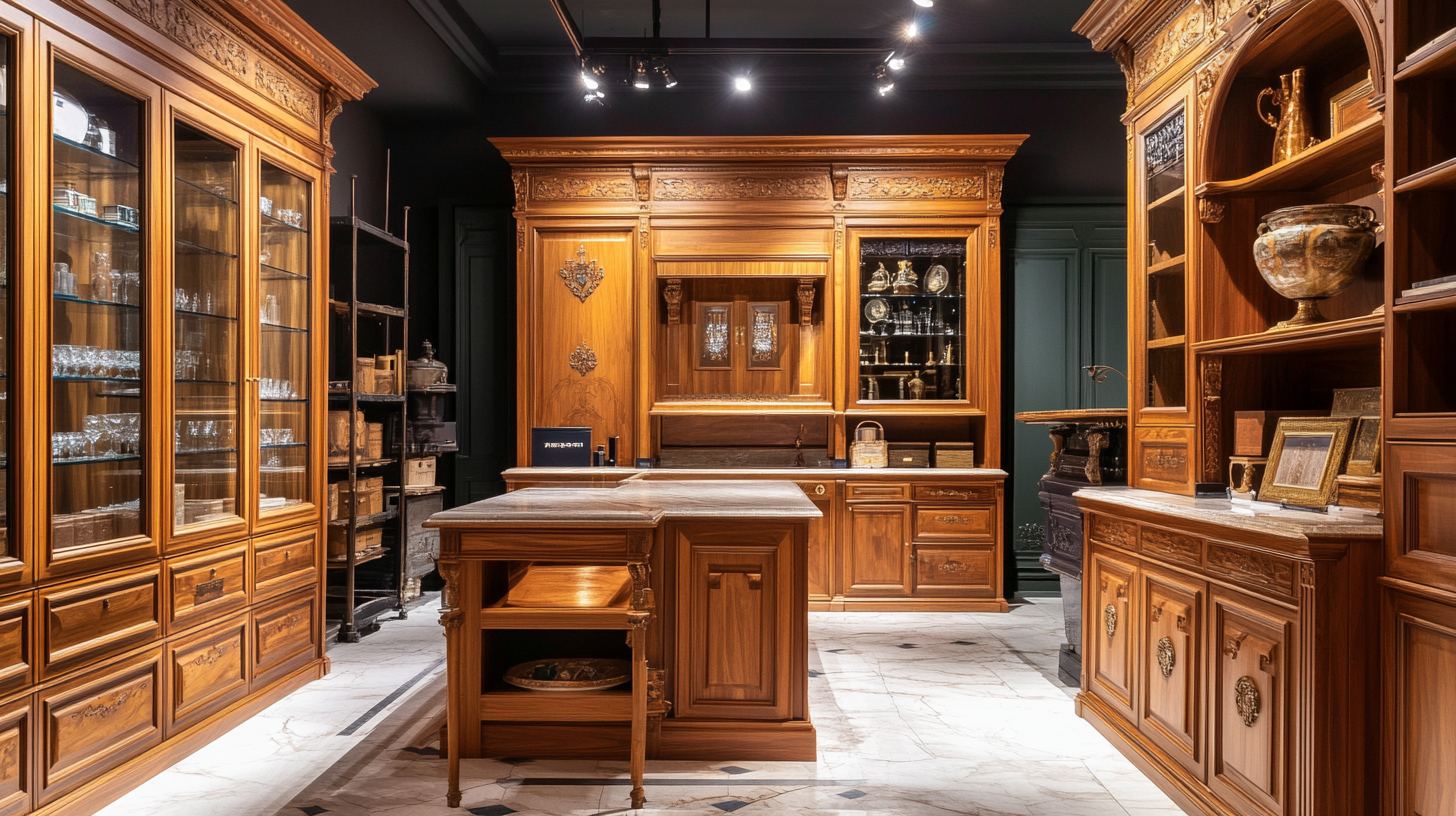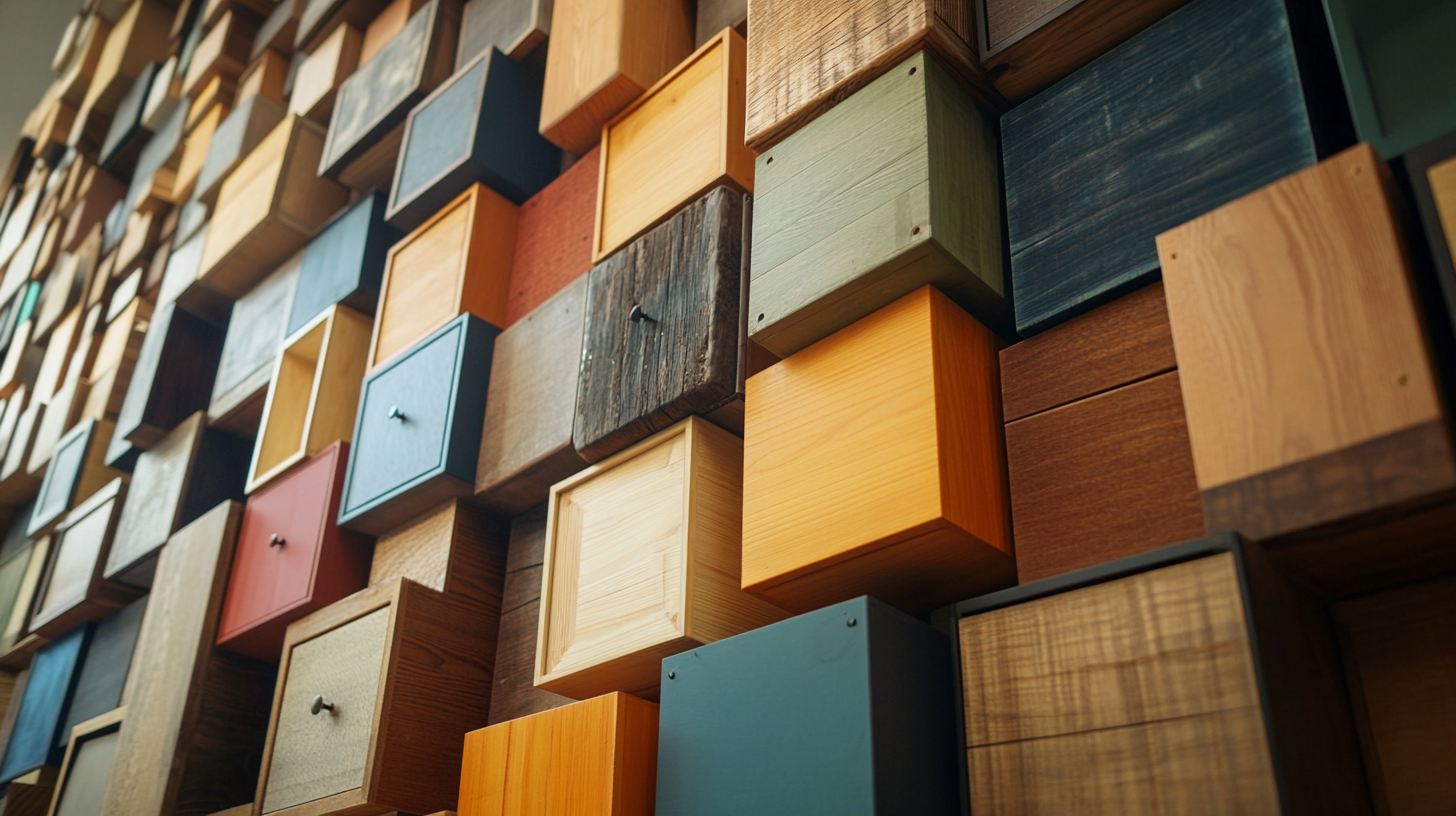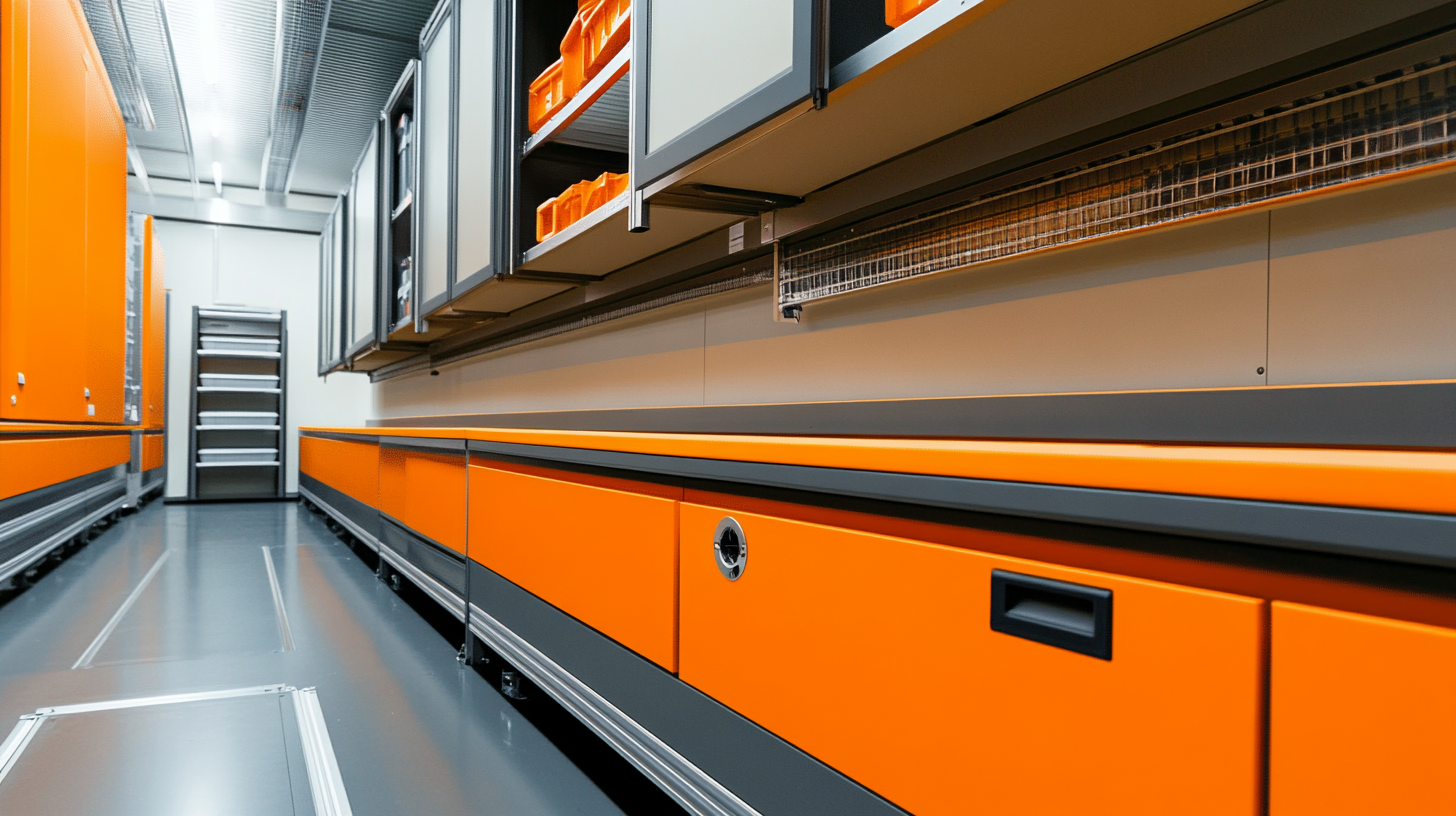What Makes New Cabinets a Game Changer in Global Supply Standards
In an era where global supply chain management faces unprecedented challenges, the introduction of "New Cabinets" is poised to revolutionize industry standards. Recent market analyses indicate that the cabinet manufacturing sector is projected to grow at a CAGR of 4.8% from 2022 to 2028, driven by increasing demand for innovative storage solutions and sustainability practices. According to a report by Statista, the global kitchen cabinet market alone was valued at approximately $23 billion in 2021, highlighting the critical role of new designs and technologies in enhancing efficiency and meeting consumer expectations. By integrating advanced materials and smart functionalities, New Cabinets are not just mere upgrades; they represent a paradigm shift, enhancing operational efficiency and reducing lead times in global supply chains. As companies strive for improved accountability and transparency, these innovations are set to redefine the benchmarks of quality and performance in the cabinet industry.

The Evolution of Cabinet Standards in Global Supply Chains
The evolution of cabinet standards in global supply chains has marked a significant shift towards improved efficiency and accountability. Historically, cabinets served a purely functional role, often varying considerably in design and materials across different regions. However, as global commerce expanded, the necessity for standardized cabinets became apparent. Organizations began advocating for uniformity to streamline operations, reduce costs, and enhance product reliability.
Today, the introduction of new cabinet systems has reinforced these standards, pushing the boundaries of design, usability, and sustainability. Advances in materials and construction techniques allow for cabinets that not only accommodate storage needs but also meet stringent environmental regulations. This evolution reflects a broader trend in supply chains, where adaptability and innovation are paramount. By adopting these advanced standards, companies are better equipped to respond to market demands and leverage international trade opportunities, ultimately reshaping the landscape of global supply chains.

Innovative Materials and Their Impact on Cabinet Durability
The introduction of innovative materials in cabinet construction is redefining global supply standards, particularly regarding durability. Recent trends show an increasing demand for cabinets that not only meet aesthetic preferences but also withstand the rigors of everyday use. With CabinetDIY's latest oak kitchen cabinet collection, we witness a perfect blend of timeless craftsmanship and modern engineering. Oak is well-known for its strength and resilience, making it an ideal choice for kitchen cabinets that need to endure heat, moisture, and heavy use.
Moreover, the use of advanced finishing techniques and protective coatings enhances the lifespan of these cabinets. These innovations ensure that the cabinets resist scratches, stains, and fading over time, aligning perfectly with the expectations of today’s consumers. As home and business owners seek solutions that combine beauty with practicality, the incorporation of quality materials and innovative design is proving to be a game changer in the cabinetry industry. The standard of what we expect from kitchen cabinets is evolving, and companies like CabinetDIY are at the forefront of this transformation.
Impact of Innovative Materials on Cabinet Durability
Sustainability Trends: How New Cabinets Meet Environmental Standards
The recent innovations in cabinet design and manufacturing are setting new benchmarks in global supply standards, particularly in sustainability. As the construction industry grapples with environmental challenges, the introduction of new cabinets formulated from eco-friendly materials is noteworthy. These cabinets are crafted using sustainable wood sources, composite materials, and non-toxic finishes, significantly reducing their carbon footprint and harmful emissions. Such advancements not only promote responsible sourcing but also align with rigorous environmental standards, making them a vital choice for builders and homeowners alike.
Moreover, the trend towards modular cabinet designs has further enhanced sustainability efforts. These systems facilitate easy assembly and disassembly, allowing for repairs and upgrades without the need for complete replacement. This not only extends the product's life cycle but also minimizes waste in landfills. Additionally, many manufacturers are adopting closed-loop systems, where old cabinets are repurposed or recycled into new products. By embracing these practices, the industry is not only adhering to environmental standards but also encouraging consumers to make sustainable choices, ultimately transforming how we think about cabinetry in modern construction.

Technological Advancements Enhancing Cabinet Manufacturing
The cabinet manufacturing industry is undergoing a transformation fueled by technological advancements that are reshaping global supply standards. As companies strive to enhance their production capabilities, innovations such as digital design tools and automation are setting a new bar for efficiency and quality. The recent acquisition in the cabinetry market highlights how competitive dynamics are enhancing the innovations within the sector, further pushing manufacturers to adapt and invest in cutting-edge technologies.
Moreover, the integration of artificial intelligence and data-driven insights is enabling faster, smarter decision-making processes in cabinet manufacturing. Leading firms leverage these technologies to streamline operations and develop products that meet diverse consumer needs. As these advancements continue to take root, they not only elevate the standards of cabinetry production but also align with broader trends in manufacturing that prioritize sustainability and responsiveness in an ever-evolving marketplace.
The Role of Consumer Demand in Shaping Cabinet Industry Standards
The cabinet industry is experiencing a significant transformation driven by growing consumer demand for higher quality and sustainability standards. According to a recent report by the Cabinet Makers Association, nearly 70% of consumers prioritize environmentally friendly materials when selecting cabinetry. This shift is compelling manufacturers to update their processes and product offerings to align with eco-conscious preferences, leading to a surge in sustainable practices across the board.
Moreover, consumer trends indicate an increasing preference for customizable options. A survey from the National Kitchen and Bath Association revealed that approximately 65% of homeowners are willing to pay a premium for personalized cabinetry solutions. This desire for individuality is pushing manufacturers to enhance their design capabilities and adopt more flexible production techniques, ultimately raising the bar for industry standards. With consumers actively influencing trends, the emphasis on quality and customization is not just a fleeting trend but a new cornerstone shaping the future of the cabinet market.
Consumer Demand Shaping Cabinet Industry Standards


Fall into Function: How LaFata Cabinets Prepares Your Kitchen for the Cozy Season


Back-to-School Kitchen Refresh: How LaFata Cabinets Can Help You Stay Organized This Fall


